Search the Special Collections and Archives Portal
Search Results
Experimental helicopter XH-17 Flying Crane with Rea Hopper, Director of the Aeronautical Division, Hughes Aircraft Company; Howard Hughes; Clyde Jones, Director of Engineering, Hughes Tool Company Aeronautical Division; Warren Reed; Colonel Carl E. Jackson, Air Research and Development Headquarters, Baltimore; Gale J. Moore, Pilot; and Chalmer Bowen, Flight Engineer and co-pilot, 1952 October 23
Level of Description
Archival Collection
Collection Name: Howard Hughes Professional and Aeronautical Photographs
Box/Folder: Folder 06
Archival Component
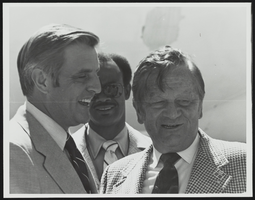
Howard Cannon with Walter Mondale: photographic print
Date
Archival Collection
Description
Image
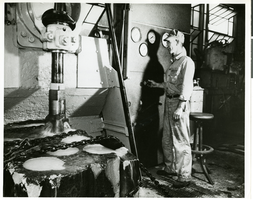
Photograph of a man working at the Hughes Tool Co., Houston, Texas, circa 1950s
Date
Archival Collection
Description
Image
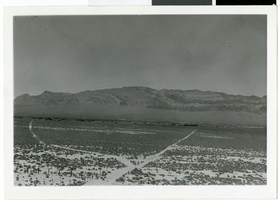
Photograph of a view from Corn Creek Ranch windmill, Nevada, circa 1938
Date
Archival Collection
Description
Image
Hughes Executive Towers, 1998
Level of Description
Archival Collection
Collection Name: Robert Beckmann Photographs
Box/Folder: Box 01
Archival Component
Howard Wasden oral history interview
Identifier
Abstract
Oral history interview with Howard Wasden conducted by Gillian Collins on an unknown date in the 1970s for the Ralph Roske Oral History Project on Early Las Vegas. In this interview, Wasden discusses arriving in Las Vegas, Nevada in 1925 and working for the railroad. Wasden explains how the railroad was a predominant economic asset for Las Vegas at the time. He then describes living on the Westside "Old Town", education in Las Vegas, attending the University of Nevada, Reno, and eventually becoming a teacher. Lastly, Wasden discusses the population growth, development of the Las Vegas Strip, and his role as principal of West Charleston School.
Archival Collection
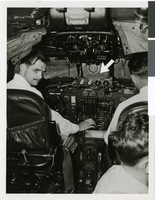
Photographs for press release, Hughes demonstrates new radar warning, May 1, 1947
Date
Archival Collection
Description
Image
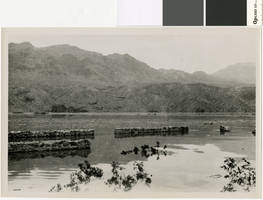
Photograph of the ruins of Fort Callville, circa 1938
Date
Archival Collection
Description
Walls of Fort Callville surrounded by the rising waters of Lake Mead.
Image
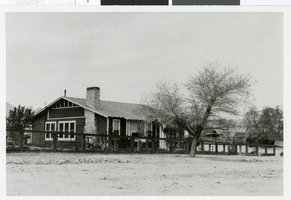
Photograph of a house, Beatty (Nev.), 1937-1938
Date
Archival Collection
Description
Image
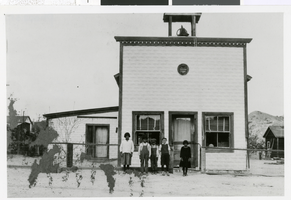
Photograph of a schoolhouse, Beatty (Nev.), 1937-1938
Date
Archival Collection
Description
Image
